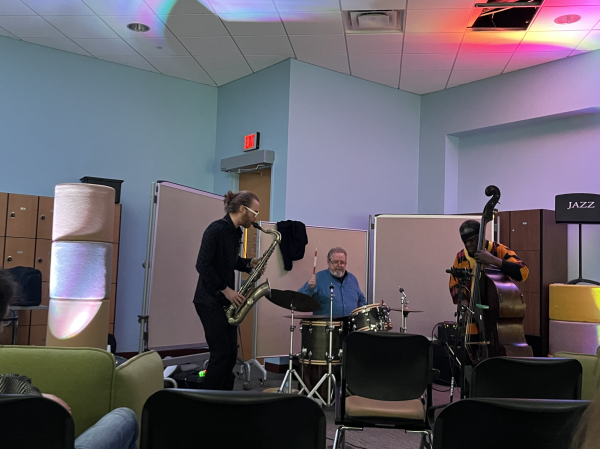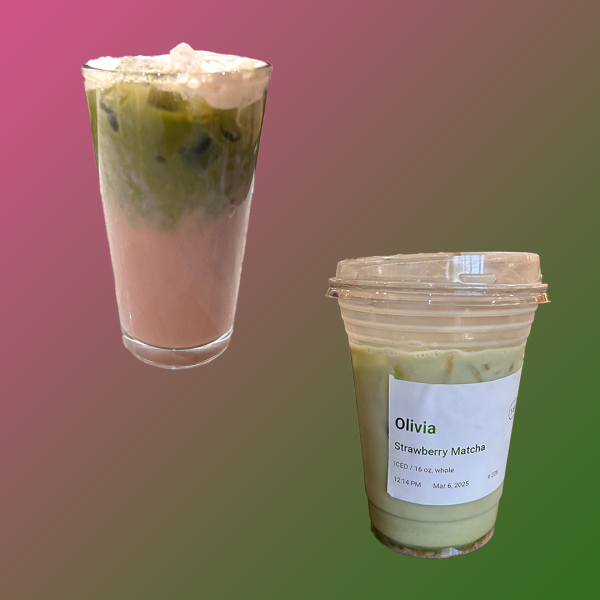Professor Bob Turner Discusses Intersection Between Art and Environmental Attitudes
Professor Turner reflected on how art has the potential to influence public opinion about the environment.
Professor Bob Turner from the Economics and Environmental Studies Departments has devoted much of his research to the connection between art and the environment through statistical surveys. Students gathered in the O’Connor Campus Center (COOP) on Friday, March 25 for his Brown Bag, “Environmental Art and Individuals’ Attitudes and Behavior: Chris Jordan’s Whale and Plastic Bags.” Using artist Chris Jordan’s works, Turner has tested whether or not environmental art changes people’s attitudes and behaviors about the environment. His study only represents a single conclusion on this topic, so he predicted that different artworks might have varying effects. Turner also stated that while he believes his study holds high internal validity, he is unsure whether it holds external validity, as it serves as a “piece of evidence.”
660 participants responded to a survey where only 300 were prompted to click on a link to Jordan’s whale; they were then asked to zoom in to notice that Jordan used the pointillism-style technique to depict 50,000 small plastic bags (equal to the number of bags in a square mile in the world’s oceans) making up this larger image of the whale. After all results were in, Turner found that 56 percent of the 300 participants in this group felt more knowledgeable about the environment, 52 percent said they’d be more likely to change their behavior and 41 percent said the image would change someone else’s behavior. While there were only small changes in data between each survey question, Turner claimed that the results were statistically significant.
Alternatively, 360 participants represented a second experimental group. They were not prompted to click on Chris Jordan’s whale link and were only asked to respond to survey questions. Surprisingly, the results were virtually identical in terms of attitude change towards the environment. At this point in Turner’s presentation, there was a palpable sense of surprise in the room. The audience was captivated by Jordan’s masterpieces and were hoping that his art would help to change participants’ attitudes towards the environment for the better. Audience members were quick to ask as to why this was, pointing out multiple independent variables including type of art, and literacy that could have adjusted the results and had a different impact.
“The lack of change from art to just information was surprising but I do feel that a different, more poignant piece of art would have gotten a different response,” sophomore Lily Daggett said.
Finally, Turner stated that part of his study was with the goal in mind of making the participants more aware of their environment. However, by being able to share the results with the Colgate community, the experiment is able to help audience members think about their own actions when it comes to the environment. Turner turned to the audience and asked, “would this change you?” If we were able to gain knowledge and awareness from both Jordan’s artwork and Turner’s research, we can make a change ourselves. This was a powerful realization and an important moment in the presentation.
“I thought the brown bag was very interesting and gave me a new way to look at how our surroundings or the art we see and words we read can drive our attitudes on things like the environment,” first-year Sadie Ray said.







